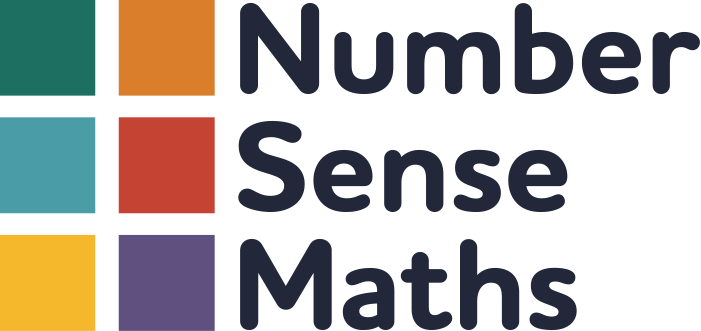Number Sense Maths Principle 8
Evidence of learning and appliying strategies as a route to fluency is mainly from research with additive facts. For multiplication facts, verbal memory appears to play a stronger role in automaticity.
Research Finding
Research suggests using the strategies which work well to develop fluency in addition and subtract facts are not as effective for multiplication and division facts. With multiplication memorisation seems to be the route to accomplish the goal of automaticity in recall [19,20,21,22].
Application to Number Sense Maths
Whereas the Number Facts Fluency programme follows a derived fact strategy teaching approach to achieve fluency in addition and subtraction facts, the Times Tables Fluency programme follows a rehearsal and retrieval approach to achieve fluency in multiplication and division facts. We took research as our starting point, then developed both approaches over 5 years through experience in school to give ourselves confidence they worked.
References
[19] CAMPBELL, J. I. D. (1987a). Network interference in mental multiplication. Journal of Experimental Psychology: Learning, Memory, and Cognition, 13 (1), 109-123
[20] CAMPBELL, J. I. D. (1987b). The role of associative interference in learning and retrieving arithmetic facts. In J. A. Sloboda & D. Rogers (Eds.) Cognitive process in mathematics: Keele cognition seminars, Vol. 1. (pp 107-122). New York: Clarendon Press/Oxford University Press.
[21] CAMPBELL, J. I. D. & GRAHAM, D. J. (1985). Mental multiplication skill: Structure, process and acquisition. Canadian Journal of Psychology. Special Issue: Skill 39(2), 367-386
[22] GRAHAM, D. J. (1987). An associative retrieval model of arithmetic memory: how children learn to multiply. In J. A. Sloboda & D. Rogers (Eds.) Cognitive process in mathematics: Keele cognition seminars, Vol. 1. (pp 123-141). New York: Clarendon Press/Oxford University Press.
